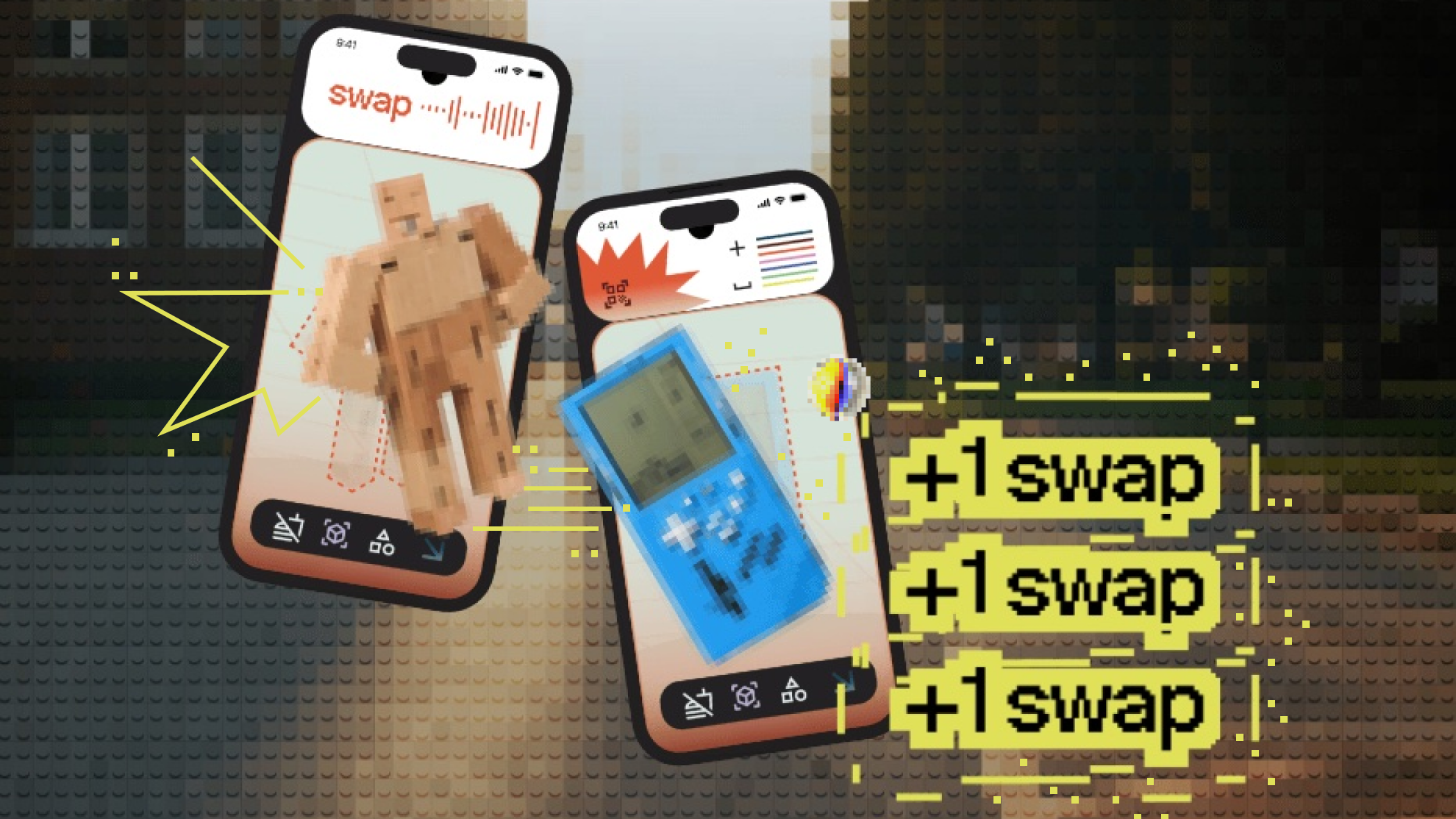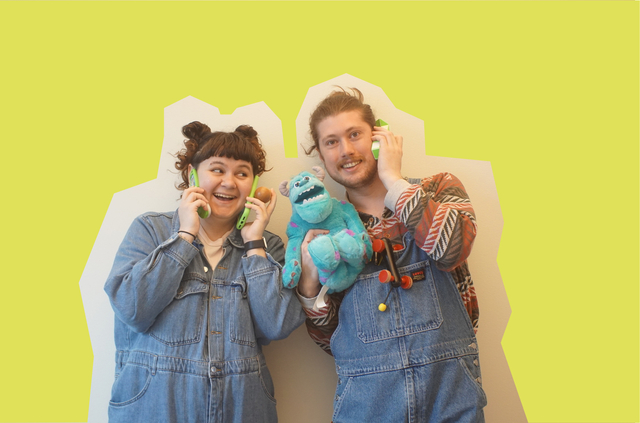The App That Gives Toys a Second Chance!
The toy industry is facing a sustainability crisis. Each year, millions of plastic toys are discarded worldwide, with an estimated 80% of all plastic toys ending up in landfills, incinerators, or the ocean (Robertson-Fall, 2020). Plastic toys have become a significant environmental burden, generating millions of tonnes of waste yearly.
Meet Give Give, a kid-focused mobile app designed by Ninon and Adrien, two interaction designers on a mission to redefine kids’ play and sustainability. The app introduces children to GG, an adorable virtual pet that helps them navigate through toy swaps rather than engage in further consumption. Instead of discarding old toys, kids can scan them into the app, digitally replicate them, and swap them with other families—all under the supervision of parents, who ensure secure exchanges within local communities.
With a trial program already underway in Malmö, the goal is to build a community-first approach to play, where swapping becomes the norm and forgotten toys get a second life. Through gamification, meetups, and neighborhood-driven exchanges, the app doesn’t just fight waste and overconsumption - it fosters a new culture of shared ownership, circularity, and meaningful play.
How has the trial program in Malmö shaped their vision? How can families join the movement? And what’s next for Give Give? We sat down with Ninon and Adrien, winners of the last edition of Talent League, to dive deeper into their journey, challenges, and ambitious plans for the future.
Give Give makes toy-swapping fun and interactive for kids. Can you walk us through how the app works - from scanning a toy to making a swap?
At its heart, Give Give is designed to make toy swapping both simple and engaging for kids. Kids already love swapping, whether it’s trading cards, in-game skins, or just sharing snacks at lunch. We’re just bringing that instinct into the real world.
Here’s how it works: kids scan their toys using our AI-driven sorting tool, decide what stays and what gets swapped, and the app finds a match nearby. Parents approve, and the actual trade happens offline—at a playground, a café, or even through school networks. Because the best play still happens beyond screens.
The idea is built around a simple but powerful loop: sort, trade, play, repeat. And that doesn’t just make toy swapping easier—it actually makes it exciting. Kids feel like they’re in charge of making decisions and discovering new toys.
The app is about more than just reducing plastic waste—it’s about building a stronger sense of community. How do you see it fostering local connections between families, schools, businesses, and other stakeholders?
Exactly! The environmental impact is just one part of what we’re trying to achieve; we’re building an ecosystem. Families subscribe for unlimited swaps, while toy brands receive circular economy data and city partnerships help reduce waste in line with future European regulations. The goal is to hit multiple targets with one mission: to connect families, foster sustainable consumption and build resilient communities.
We're creating a network that supports this community engagement. Schools can use the platform for educational purposes, teaching kids about sustainability, while local shops and associations host swap events, helping us grow our user base.

You launched your beta program in Malmö. What made Malmö the ideal starting point? What have been some of your biggest surprises along the way? What obstacles have you encountered while developing Give Give, and how have you tackled them?
Scandinavia is the perfect testing ground. This region is already leading in sustainability, education, and secondhand markets, so it was a no-brainer to start in Malmö. Give Give makes things easier, especially for kids.
One of the biggest surprises? Kids get it immediately. They’re not attached to ownership the way adults are. They seem enthusiastic not only about receiving something new, but also giving something away - it's clearly the solution they've been waiting for.
Our biggest challenge is to balance fun with functionality. Kids want a game; parents want something practical. So we’ve been fine-tuning that mix—building something that feels like a game but works like a smart, safe tool for families.
Your ultimate goal is to build a strong, engaged community of families who embrace toy swapping as the norm. What are your next big milestones? What does success look like for Give Give in the next five years?
What’s next? We’re launching our finished beta version this fall, so success for Give Give means less waste, stronger industry collaboration, and changing how toys are used and shared.
Our main focus is on reducing plastic waste. In the first year, we aim to save 7,000 to 10,000 kg of plastic—about 15,000 to 20,000 toys—through swapping. Over the next five years, we plan to reach 70,000 paying users across Europe, driving real change in how families consume toys.
We’ll also provide data insights to manufacturers and retailers, helping them adapt to new sustainability regulations. By partnering with toy companies, we can support the shift to a circular economy. At the same time, we’ll launch new gamified features to keep kids engaged, ensuring the platform remains fun while promoting sustainable practices.
For families eager to join, how can they sign up for the beta and become part of the Give Give community?
Families can easily sign up today on our website —the waiting list is open, and early adopters will get to help shape the give give experience. And if you’re in Malmö or Copenhagen, keep an eye out—we’re hosting swap events soon so that you can see it all in action.

.jpeg)


